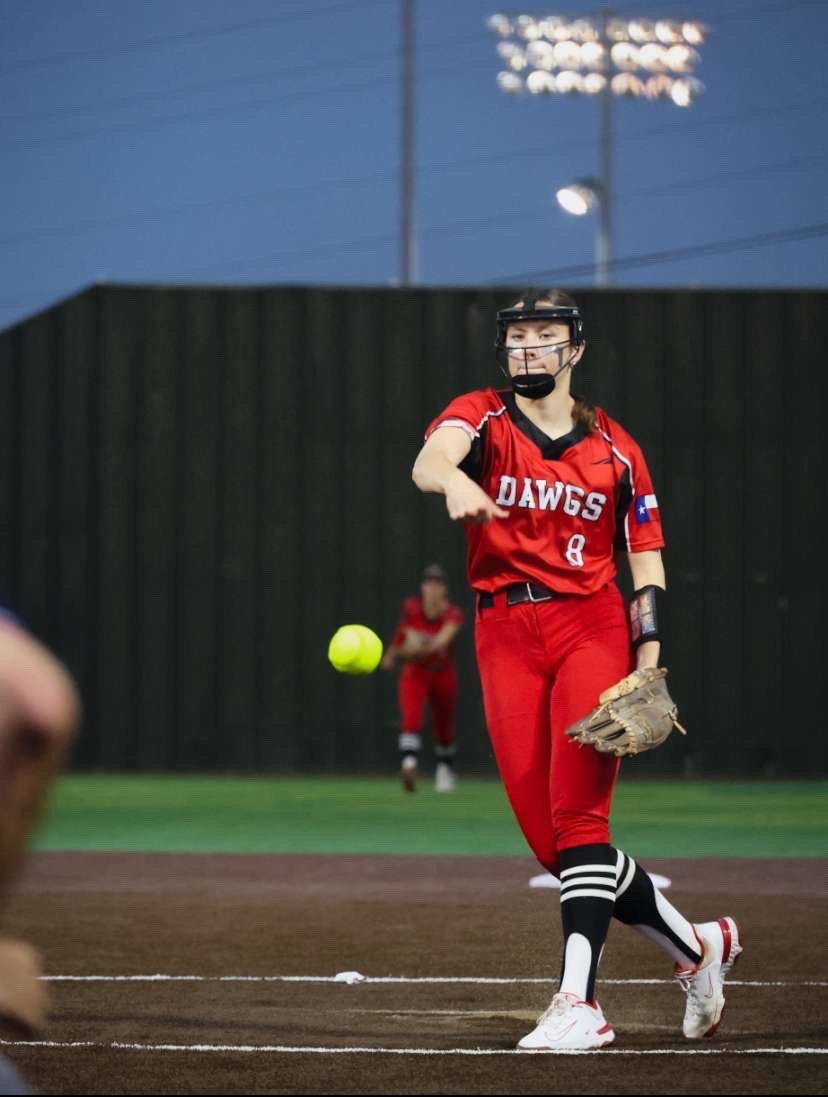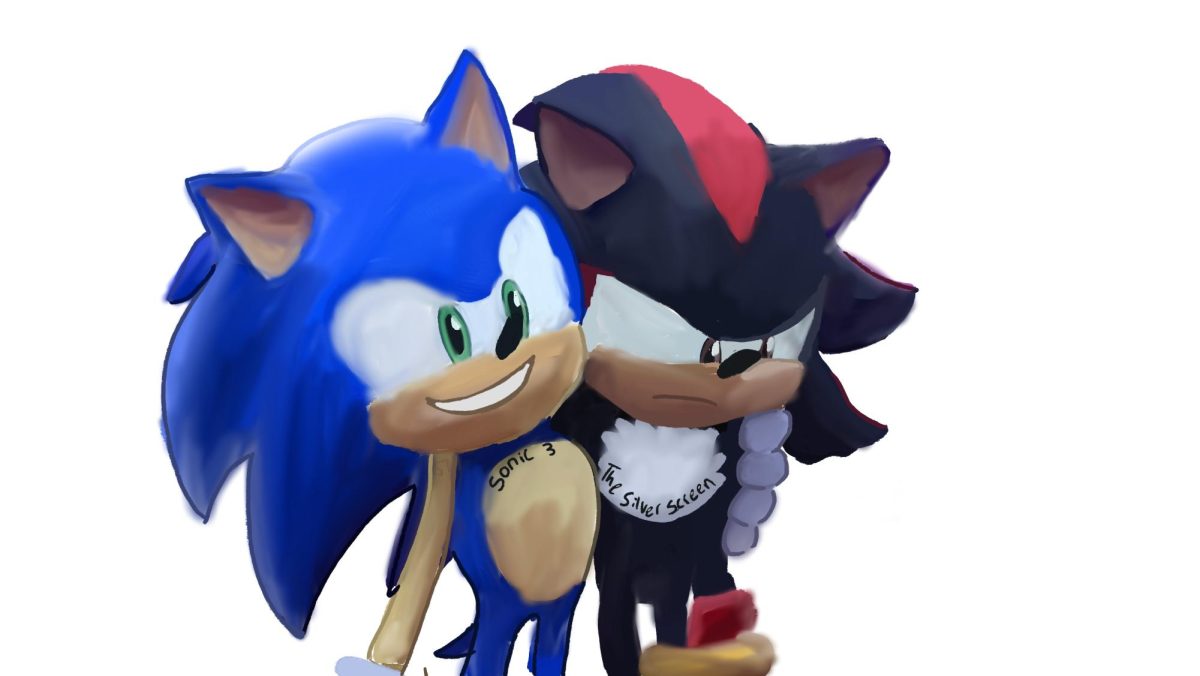Unveiled at Apple’s iPhone 7 and 7s reveal back in September of 2016, Nintendo, like other video game companies, have thrown their hat into the mobile gaming market with “Super Mario Run.” With an ongoing very successful app already, “Pokemon GO,” “Super Mario Run” should have been Nintendo’s saving grace after the company had come under low profit margins with the Wii U, right? Right?
But before going into the outcome of Nintendo’s gamble, let’s refresh on what Nintendo used to be.
Nintendo used to be the leading competitor in the video game market a decade before Microsoft’s first Xbox or Sony’s Playstation were released.
The past few years haven’t been kind to the company however, and Nintendo thought that by combining the now growing mobile market for games and everyone’s favorite Italian plumber into one, they could finally see some elbow room since their glory days.
This, sadly, wasn’t the case. “Super Mario Run,” while moderately successful, wasn’t at all what consumers hoped it would be, and Nintendo is now losing money with their projected sales reaching far less than what Nintendo had expected them to be. What happened?
Many users will point to the game’s lackluster content. For a mobile market, the consumer base is much less willing to pay money for an app, and if so the app is expected to have a substantial amount of content.
The app is free to download with the first three levels and online multi-player without purchase. In total, the app is $10, a hefty price for most mobile games. With only 24 levels, this alienated consumers from buying the full game.
While over 40 million people downloaded the app in the first four days of its release, only 1.5 million people bought the game. Ouch. That means that less than four percent of people who downloaded the app chose to buy it.
The story of the game is simple. Once again, Bowser has kidnapped Princess Peach and it’s up to Mario to get her back and restore the Toad Kingdom to it’s former glory.
The game play itself is fast, addicting, and very fun. In mobile game fashion, Mario is in a constant run to the right, only stopping when either dying or reaching the flagpole at the end of the level.
Along the way, players have the option to collect five purple coins hidden and scattered throughout each level. Obtaining them often means going out of the way to do some careful and challenging maneuvers.
Once a player collects all five purple coins in a level, when replayed the level is noticeably more challenging, with new obstacles and enemies in your way.
“Super Mario Run” also includes a multi-player mode called Toad Rally. Players compete against other phone users to gain the most spectators by completing a level using impressive tricks.
Once the winner is decided, the skilled player is rewarded with an expanded castle, with the number of Toad subjects having been increased, and money to purchase decorations for your own kingdom.
Overall, “Super Mario Run” is indeed a fun game. Growing up with a Nintendo GameCube I had high hopes that Nintendo would use their national icon, Mario, with great success in “Super Mario Run.”
While the app itself wasn’t what many expected, on its own “Super Mario Run” is a fun game.
“Super Mario Run” serves as a warning to Nintendo.
If they don’t put out quality games or apps for the next few years, the company could face trouble.








